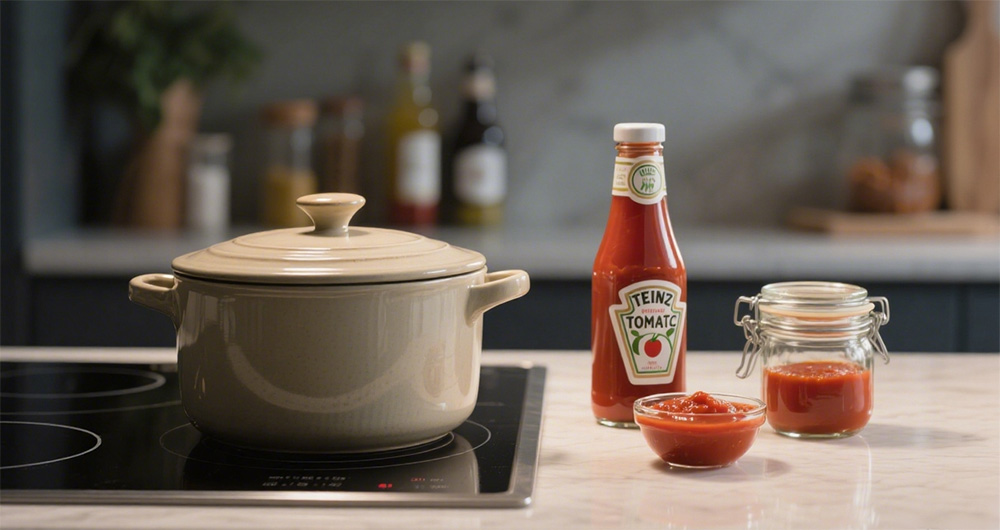
Can You Eat Expired Tomato Sauce?
No, you should not eat expired tomato sauce—this is a non-negotiable rule for food safety. To understand why, let’s look at what happens to tomato sauce over time.
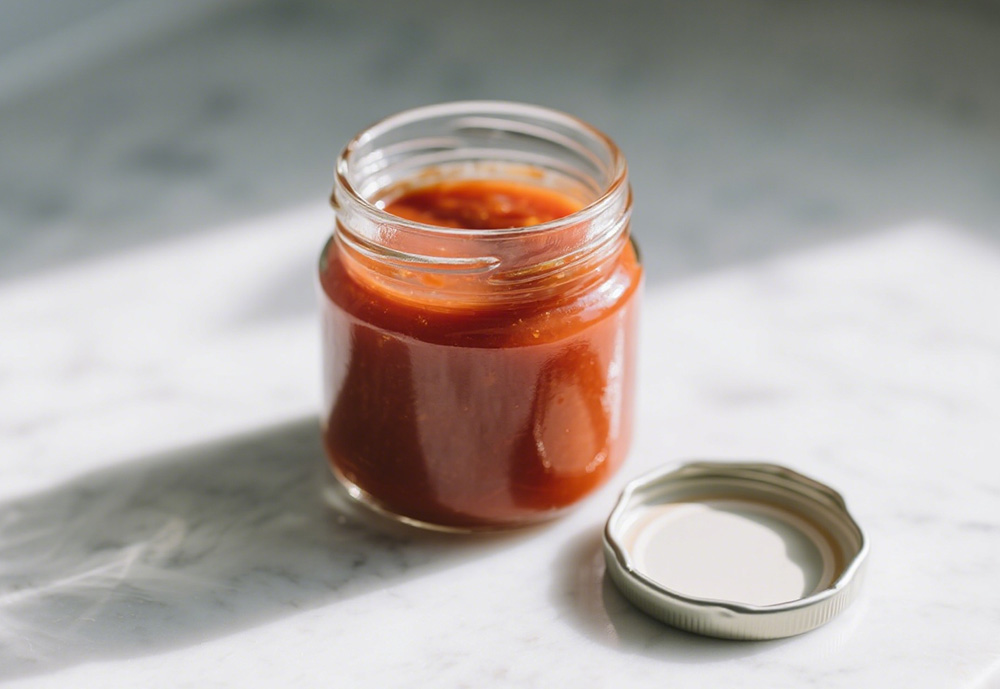
Tomato sauce is a blend of tomatoes (high in moisture and natural sugars), salt, and often preservatives. While preservatives like citric acid slow spoilage, they degrade gradually after the expiration date, losing their ability to inhibit bacterial growth. As the sauce ages, its pH level rises, becoming less acidic and creating a friendlier environment for harmful pathogens.
Bacteria like Clostridium botulinum—which produces a deadly neurotoxin—thrives in low-acid, oxygen-free environments, such as sealed jars of expired sauce. Even scarier, this toxin doesn’t alter the sauce’s taste, smell, or appearance, so there’s no way to detect it visually. Mold is another risk: while some molds are harmless, others like Aspergillus produce mycotoxins linked to long-term health issues.
Cooking expired sauce won’t save it, either. Heat kills most bacteria, but toxins like those from Staphylococcus aureus are heat-stable, surviving even boiling temperatures. The expiration date isn’t a rough estimate—it’s the manufacturer’s guarantee that, when stored properly, the sauce is free from harmful pathogens. Beyond that date, there’s no quality control, and the risks far outweigh the cost of a new bottle. So, if your sauce is past its prime, discard it without hesitation.
Adverse Reactions & How to Relieve Them
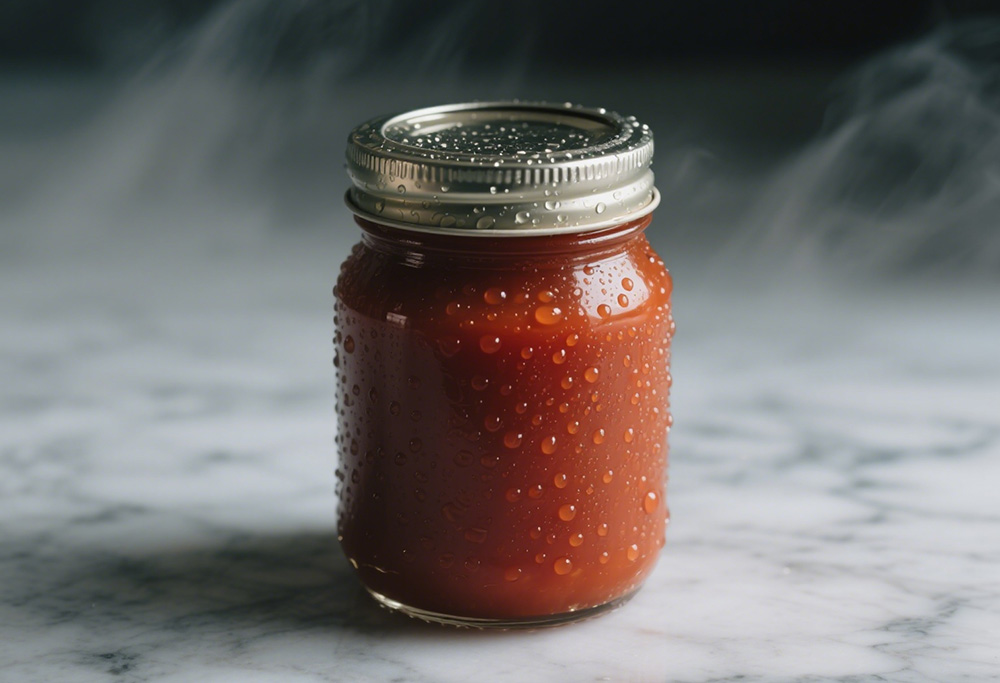
In more serious cases, bacterial infections like Salmonella or E. coli can lead to high fevers (over 101°F), blood in stool, or extreme fatigue. These symptoms signal that the bacteria have entered the bloodstream, requiring prompt medical attention. Dehydration is a critical concern here—fluid loss from vomiting or diarrhea can cause dry mucous membranes, reduced urine output, and dizziness, especially dangerous for young children, older adults, or individuals with chronic conditions like diabetes.
If you suspect you’ve consumed expired sauce, act quickly. Sips of oral rehydration solutions (like Pedialyte) are better than plain water, as they replace lost electrolytes. Avoid dairy, caffeine, or spicy foods, which irritate the gut. Rest is crucial—your body needs energy to fight off infection. Over-the-counter anti-diarrheal meds can help, but avoid them if you have a fever, as they trap bacteria in your system.
Seek emergency care if symptoms persist beyond 24 hours, if you can’t keep fluids down, or if you experience severe pain or blood in stool. Doctors may prescribe antibiotics for bacterial infections or administer IV fluids to treat dehydration. Never ignore these signs—delayed treatment can lead to complications like kidney damage.
Understanding the shelf life of tomato sauce is key to avoiding accidental consumption of expired products, and it varies based on storage conditions and packaging.
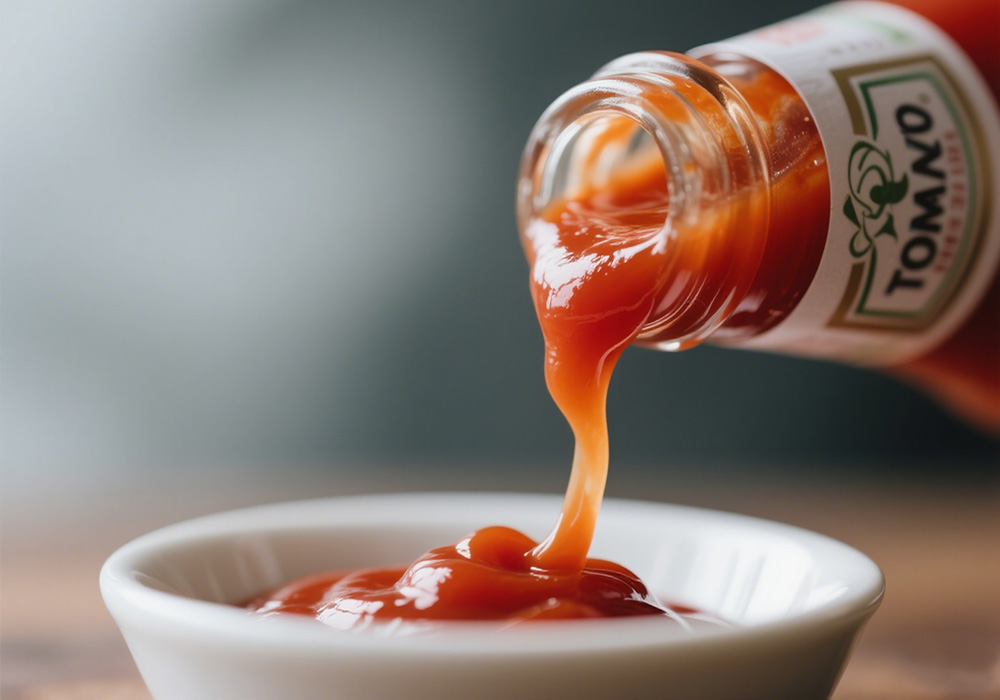
Let’s start with unopened sauce: commercially processed, unopened tomato sauce (whether canned or bottled) typically stays safe for 12–18 months past its “best by” date when stored in a cool, dry pantry (between 50–70°F). This longevity is due to airtight packaging, which blocks bacteria, and preservatives that slow spoilage. However, organic or low-preservative brands may have shorter lifespans—check the label for specific guidelines, as some expire as early as 9 months from production.
Once opened, the clock accelerates dramatically. Exposure to air introduces bacteria like yeast and mold, which multiply rapidly even in cool conditions. Opened sauce must be refrigerated at 40°F or below and used within 5–7 days. Homemade sauce, lacking preservatives, has an even shorter window—3–5 days max—so mark the opening date on the container to avoid forgetting.
Freezing is a game-changer for extending shelf life. Portion opened or homemade sauce into airtight containers (leave ½ inch of space to prevent bursting) and freeze for 6–8 months. While freezing halts bacterial growth, the texture may change—thawed sauce can be slightly watery, but it’s still suitable for cooking.
Always inspect sauce for spoilage, even within the “safe” window. Signs include fuzzy mold (white, green, or black), a sharp, vinegar-like smell, or a slimy texture. These indicate harmful bacteria, and the sauce should be discarded immediately, regardless of the date. When it comes to food safety, erring on the side of caution protects your health.Once you realize that the tomato sauce in your kitchen has expired, be sure to repurchase it or make your own again!
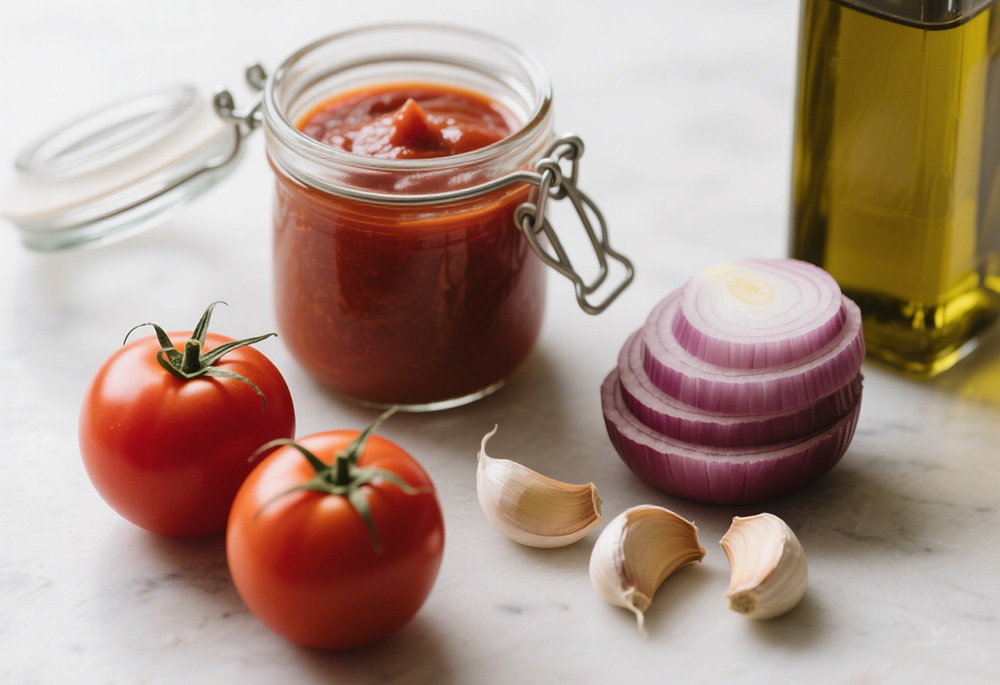
Chop the tomatoes into rough chunks and add them to a large, heavy-bottomed pot. Next, add 1 diced yellow onion, 4 minced garlic cloves, 2 tablespoons of extra-virgin olive oil, 1 teaspoon of sugar (to balance the tomatoes’ natural acidity), ¾ teaspoon of salt, and a pinch of freshly ground black pepper. For extra depth, toss in 1 bay leaf, a handful of fresh basil or oregano, or 1 teaspoon of dried Italian herbs—rosemary or thyme also work well for a earthier flavor.
Cook the mixture over medium heat, stirring occasionally, until the onions soften and become translucent (about 5–7 minutes). Reduce the heat to low, cover partially with a lid, and simmer for 40–50 minutes. Stir every 10 minutes to prevent sticking—over time, the tomatoes will break down, releasing their juices and thickening the sauce. For a smooth texture, use an immersion blender to puree the sauce once it’s soft; leave it chunky if you prefer a rustic feel.
Taste and adjust the seasoning: add more sugar if it’s too tart, a splash of red wine vinegar for brightness, or a pinch of red pepper flakes for subtle heat. Remove the bay leaf before serving or storing. Let the sauce cool completely, then transfer to clean, airtight jars. It will keep in the refrigerator for up to 5 days, or freeze in 1-cup portions for up to 6 months. Label each container with the date—homemade sauce tastes far fresher than store-bought, and you’ll avoid hidden sugars, preservatives, or expired ingredients. Plus, it’s a great way to use up ripe tomatoes before they spoil!
How to Store Tomato Sauce Effectively
Proper storage is the key to maximizing the freshness and safety of tomato sauce, whether it’s store-bought or homemade. Let’s start with unopened store-bought sauce: keep it in a cool, dry pantry away from direct sunlight, stoves, or other heat sources. Temperatures above 75°F accelerate spoilage—studies show that storing canned goods in warm environments can reduce their shelf life by up to 50%, as heat breaks down preservatives and encourages bacterial growth. A dark cupboard or pantry shelf is ideal, as light can also degrade the sauce’s quality over time. Additionally, keep unopened sauce away from strong-smelling foods like onions, garlic, or spices, as tomato sauce absorbs odors easily, altering its flavor.
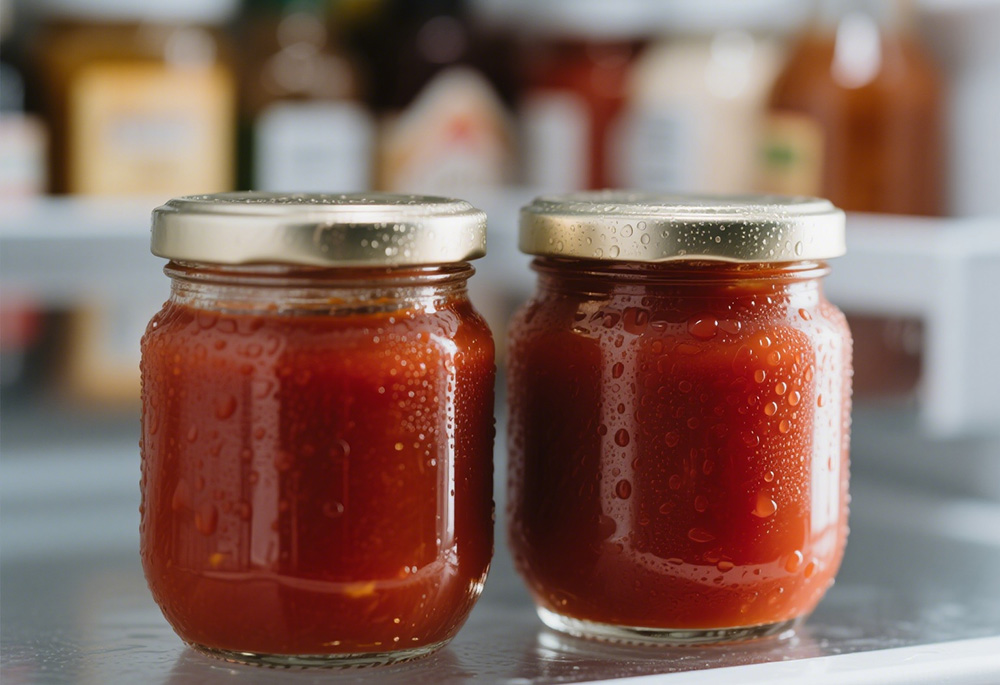
Once opened, transferring the sauce to the right container is crucial. If it came in a can, never leave it in the can—metal reacts with acidic foods like tomato sauce, causing a metallic taste and potentially harmful chemical leaching. Instead, pour it into a clean, airtight glass jar with a tight-fitting lid. Wipe the rim of the jar with a clean cloth before sealing to remove any sauce residue, which can attract mold. Refrigerate opened sauce immediately, and label it with the opening date—use it within 5–7 days for store-bought, or 3–5 days for homemade.
Freezing is an excellent option for long-term storage. Portion the sauce into freezer-safe bags or containers, leaving ½ inch of space at the top to allow for expansion as it freezes. Squeeze out excess air from bags to prevent freezer burn, which dries out the sauce and ruins its texture. Frozen sauce stays fresh for 6–8 months—label each portion with the date to track freshness.
When thawing frozen sauce, transfer it to the refrigerator overnight for a slow, safe thaw. For a quicker option, submerge the sealed container in cold water, changing the water every 30 minutes. Never thaw sauce at room temperature, as this creates a warm environment where bacteria multiply rapidly. Thawed sauce is best used in cooked dishes like pasta or casseroles, as freezing can slightly alter its texture. By following these steps, you’ll keep your tomato sauce safe, flavorful, and ready to use whenever you need it.
Why Eat It? Is Tomato Sauce Good for Health?

At its core, it’s made from tomatoes, which are rich in lycopene, a powerful antioxidant that gives them their red color. Research, including studies published in the Journal of Nutrition and Cancer Epidemiology, Biomarkers & Prevention, shows that lycopene may reduce the risk of heart disease by lowering LDL (“bad”) cholesterol levels and reducing inflammation in blood vessels. It’s also been linked to a lower risk of certain cancers, particularly prostate cancer, as it helps protect cells from DNA damage caused by free radicals. What makes lycopene unique is that cooking tomatoes—like in sauce—increases its bioavailability, meaning your body can absorb it more easily than from raw tomatoes.
Tomatoes also provide a host of other essential nutrients: vitamin C, which supports collagen production and immune function; vitamin A, crucial for eye health and skin integrity; and potassium, which helps regulate blood pressure and fluid balance. A ½-cup serving of tomato sauce contains approximately 20% of your daily vitamin C needs, 15% of vitamin A, and 10% of potassium, according to the USDA’s nutrient database.
However, not all tomato sauces offer these benefits equally. Many store-bought varieties are loaded with added sugars (some contain up to 12 grams per serving) and excessive sodium (often 400–600 mg per serving) to enhance flavor and extend shelf life. Overconsumption of added sugars is linked to obesity, type 2 diabetes, and fatty liver disease, while high sodium intake increases the risk of hypertension and heart disease.
To maximize health benefits, opt for low-sugar, low-sodium store-bought sauces, or better yet, make your own. Homemade sauce lets you skip added sugars (relying on the tomatoes’ natural sweetness) and use herbs like basil, garlic, or oregano to add flavor instead of salt. Enjoyed in moderation as part of a balanced diet—paired with whole grains, lean proteins, and vegetables—tomato sauce is a healthy choice. Just remember to prioritize fresh, properly stored sauce and avoid expired products to reap the rewards without the risks.
